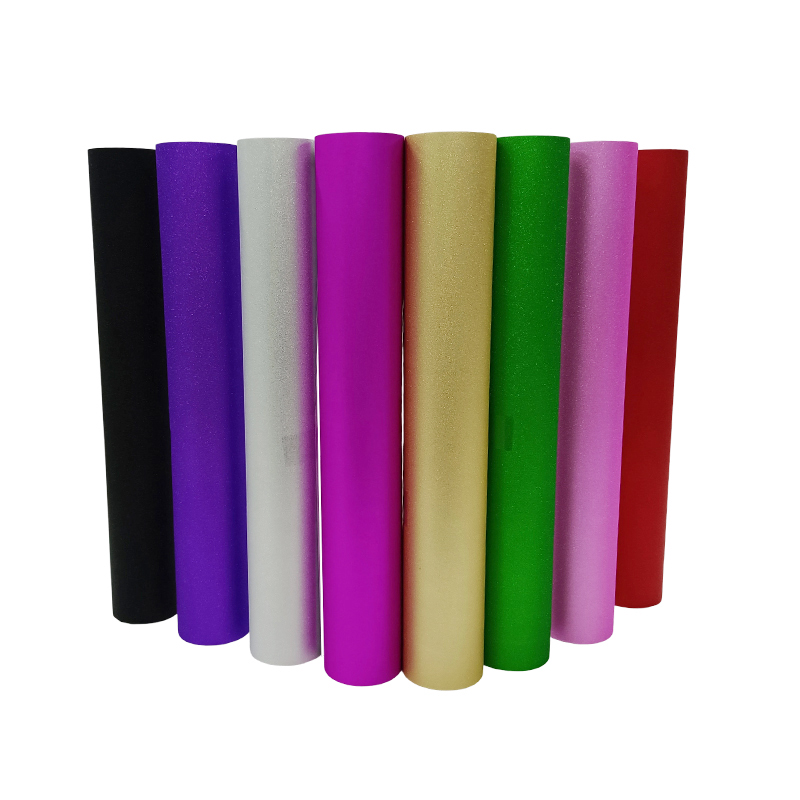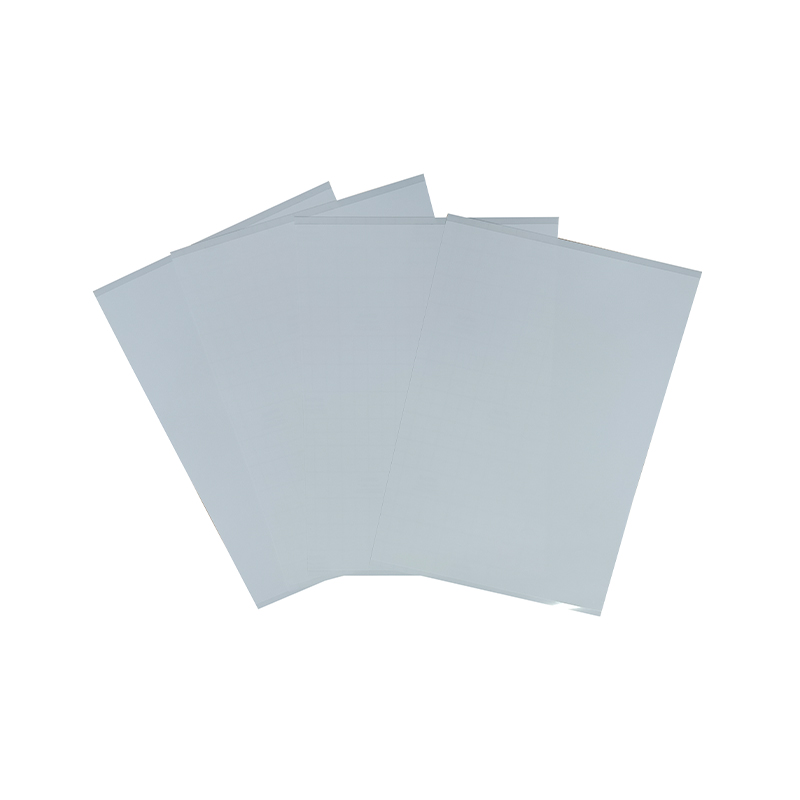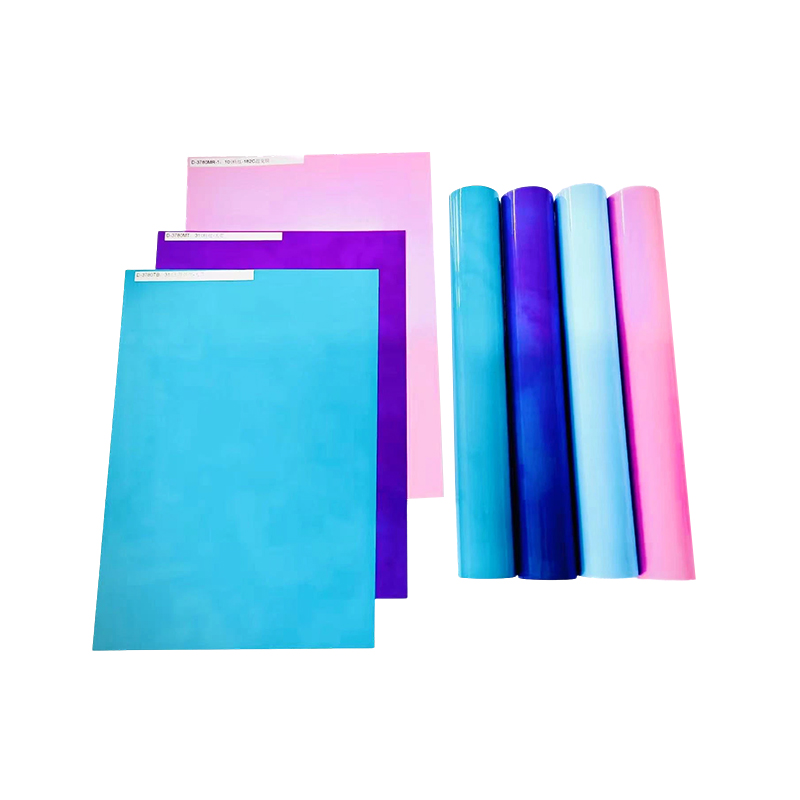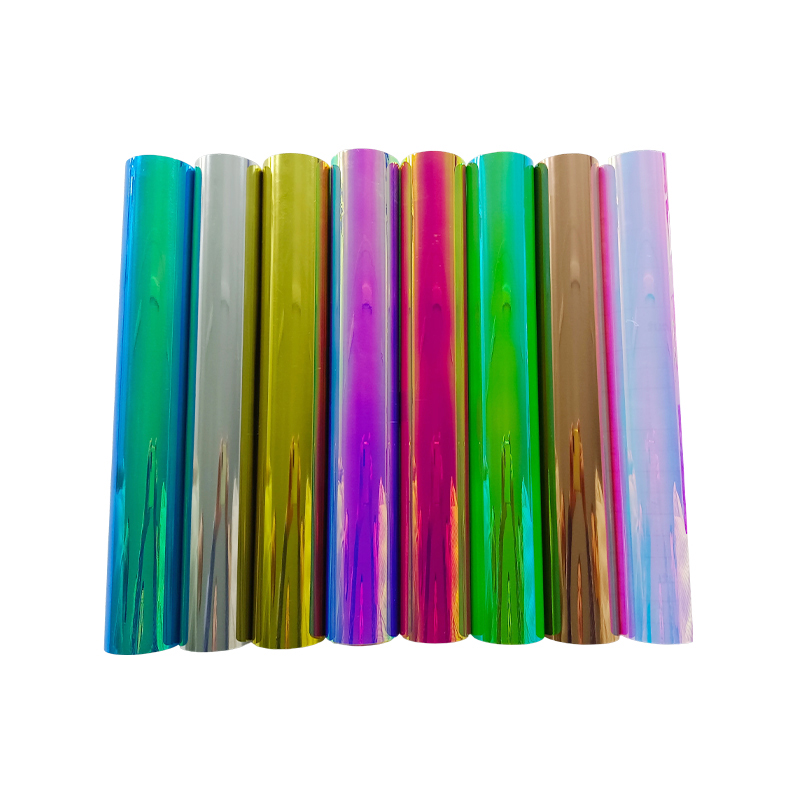How does printable vinyl film perform in terms of environmental protection?
Release Time : 2025-04-27
In today's society, environmental protection has become one of the important issues that cannot be ignored in all walks of life. As a widely used material, printable vinyl film has attracted widespread attention in terms of environmental protection while meeting the diverse market needs.
One of the highlights of printable vinyl film is the selection and treatment of raw materials during its production process. Modern manufacturing processes tend to use more environmentally friendly plasticizers and stabilizers to reduce the emission of harmful substances. These improvements not only help reduce the impact on the environment, but also reduce potential risks to human health. In addition, some advanced production processes are committed to improving resource utilization, reducing waste generation by optimizing production processes, and ensuring that energy consumption in the production process is minimized. This shows that even in the production stage, manufacturers are constantly working to explore greener and more sustainable development paths.
Furthermore, printable vinyl film itself has a long service life, which is crucial for environmental protection. Compared with traditional materials, high-quality vinyl films can provide excellent weather resistance and durability, and can maintain good performance even in harsh climate conditions. This means that they do not need to be replaced frequently, thereby reducing the amount of waste and the associated disposal problems. At the same time, this long life also means lower resource consumption per unit time throughout the product life cycle, indirectly supporting the achievement of environmental protection goals.
It is worth mentioning that with the advancement of recycling technology, waste printable vinyl film can now be effectively recycled. Through specially designed recycling processes, waste vinyl materials can be converted into new products or used as raw materials for other industrial applications, greatly reducing the amount of waste that ends up in landfills. This approach not only helps to save natural resources, but also reduces environmental pollution problems caused by waste disposal. Therefore, from a long-term perspective, the use of recyclable printable vinyl film is an economical and environmentally friendly choice.
Not only that, the application of printable vinyl film has also promoted the development of digital printing technology, which is more environmentally friendly than traditional printing methods. Digital printing reduces the use of chemicals, such as solvent-based inks, and instead uses water-based or UV-curable inks, which contain lower levels of volatile organic compounds (VOCs) and are less harmful to the environment. Moreover, digital printing allows on-demand printing, reducing the possibility of overproduction and inventory backlogs, further reducing the environmental burden.
In summary, although printable vinyl film may have been questioned in the past for its chemical composition, with the advancement of science and technology and the industry's emphasis on sustainable development, the material has made significant progress in environmental protection. Whether from the selection of raw materials to the optimization of production processes, or from the durability of products to the effective management of waste, it shows the determination of printable vinyl film to actively adapt to the trend of environmental protection. In the future, with the application of more innovative technologies, we have reason to believe that printable vinyl film will play a greater role in protecting the environment and become an indispensable part of promoting the development of a green economy.
One of the highlights of printable vinyl film is the selection and treatment of raw materials during its production process. Modern manufacturing processes tend to use more environmentally friendly plasticizers and stabilizers to reduce the emission of harmful substances. These improvements not only help reduce the impact on the environment, but also reduce potential risks to human health. In addition, some advanced production processes are committed to improving resource utilization, reducing waste generation by optimizing production processes, and ensuring that energy consumption in the production process is minimized. This shows that even in the production stage, manufacturers are constantly working to explore greener and more sustainable development paths.
Furthermore, printable vinyl film itself has a long service life, which is crucial for environmental protection. Compared with traditional materials, high-quality vinyl films can provide excellent weather resistance and durability, and can maintain good performance even in harsh climate conditions. This means that they do not need to be replaced frequently, thereby reducing the amount of waste and the associated disposal problems. At the same time, this long life also means lower resource consumption per unit time throughout the product life cycle, indirectly supporting the achievement of environmental protection goals.
It is worth mentioning that with the advancement of recycling technology, waste printable vinyl film can now be effectively recycled. Through specially designed recycling processes, waste vinyl materials can be converted into new products or used as raw materials for other industrial applications, greatly reducing the amount of waste that ends up in landfills. This approach not only helps to save natural resources, but also reduces environmental pollution problems caused by waste disposal. Therefore, from a long-term perspective, the use of recyclable printable vinyl film is an economical and environmentally friendly choice.
Not only that, the application of printable vinyl film has also promoted the development of digital printing technology, which is more environmentally friendly than traditional printing methods. Digital printing reduces the use of chemicals, such as solvent-based inks, and instead uses water-based or UV-curable inks, which contain lower levels of volatile organic compounds (VOCs) and are less harmful to the environment. Moreover, digital printing allows on-demand printing, reducing the possibility of overproduction and inventory backlogs, further reducing the environmental burden.
In summary, although printable vinyl film may have been questioned in the past for its chemical composition, with the advancement of science and technology and the industry's emphasis on sustainable development, the material has made significant progress in environmental protection. Whether from the selection of raw materials to the optimization of production processes, or from the durability of products to the effective management of waste, it shows the determination of printable vinyl film to actively adapt to the trend of environmental protection. In the future, with the application of more innovative technologies, we have reason to believe that printable vinyl film will play a greater role in protecting the environment and become an indispensable part of promoting the development of a green economy.







